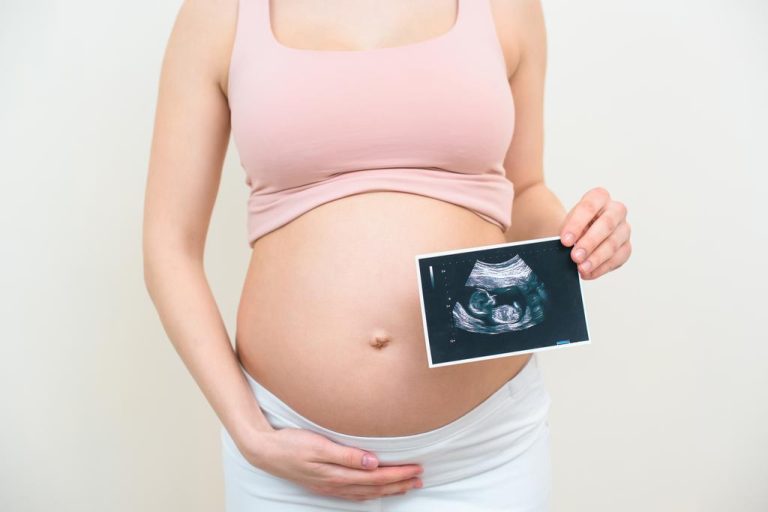When taking off or landing, passengers in an airplane should open their sun visors. But why actually? Here you can find out why.

Same rules on all passenger flights
Are you going on a holiday trip by plane or are you flying on business, are you flying with your family or alone – one thing always remains the same: the safety regulations on airplanes.
This includes the safety briefing by the flight attendants as well as the announcement that the tables must be folded back in and the armrests folded down during take-off and landing. The seat must be placed in an upright position, you yourself are buckled up.
And then there are the windows that you can black out. The sun visors that you use to darken the pane must also be up, i.e. open, during take-off and landing. By the way: half open does not apply, the aperture must be fully open.
avoid injuries
Folding up the table, sitting in an upright position, folding down the armrests: all these operations are for your safety. Because takeoff and landing are the two processes where the most can go wrong.
The pilots have to concentrate especially, wind strength and direction have the greatest influence at this point. The flight itself, on the other hand, is relatively easy to manage.
When taking off and landing, the pilots often have to fly curves and gain or lose altitude. The aircraft may jerk due to the changing thermals. At such a moment, you certainly don’t want to bump into the table in front of you or suddenly sit on your neighbor’s lap. The sun visors are also part of the safety concept.
Why the sun visors must be open during take-off and landing
If there is a dangerous situation during take-off or landing, you have to be able to react quickly. If the shutters are open, you can see, for example, whether the aircraft is moving towards water or land and can thus assess whether the use of the life jacket is necessary or not.
But not only you should be able to see what’s going on outside. The flight attendants in particular must have the best possible view of the outside from anywhere in the aircraft so that they can take the right steps in an emergency.
In the event of an engine fire, flight attendants must initiate an evacuation as quickly as possible. To do this, they need to know which emergency exit can be used and which cannot be used due to the dangerous situation.

Also stay buckled during the flight
By the way: keep your seat belt closed as much as possible during the flight. A buckled seat belt, even if it’s a little loose, will protect you in turbulence and keep you in place.
If you have a blanket on your lap on longer flights, buckle up over it. In this way, a flight attendant can see at any time that you are buckled in and do not have to wake you up to check the seat belt.




